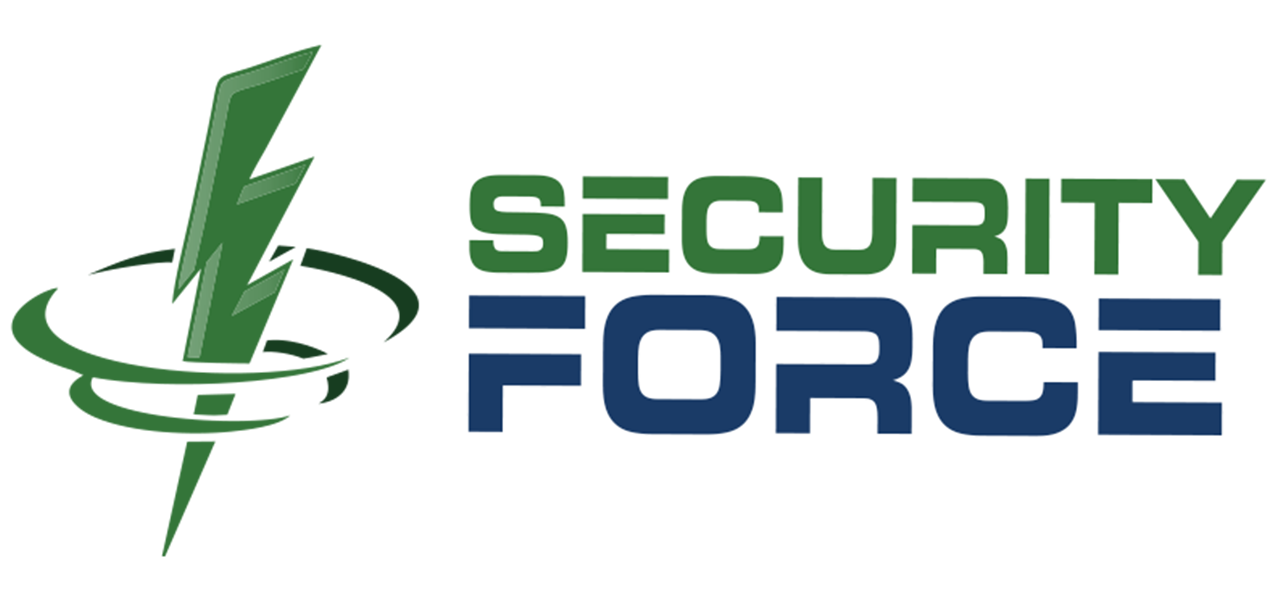If your building uses electronic access cards or key fobs, you’re probably assuming those credentials are secure.
But here’s the hard truth: many access control systems still rely on outdated, low-frequency card readers that can be cloned in seconds—with tools you can buy online for less than $50.
And you may not even realize you’re using one.
Let’s walk through how to spot these vulnerable systems, what the risks are, and what you can do to fix it.
What Is a Low-Frequency Reader?
Low-frequency (LF) readers typically operate at 125 kHz and are often used with proximity cards or fobs—the kind you tap or wave near the reader to get in.
These systems have been around for decades and are still incredibly common in commercial buildings, especially those installed before the mid-2010s.
The problem?
Most of these LF systems don’t use encryption—and don’t verify the authenticity of the card. They simply broadcast a static number that tells the door to unlock.
Which means:
If someone scans your card once, they can clone it.
How to Tell If You’re Using an Insecure Card Reader
You don’t need to be a security expert to recognize the signs. Here are a few things to look for:
1. Physical Appearance
Many insecure LF readers have a simple, flat surface with no keypad, no screen, and sometimes just a single LED indicator. Common brands/models include:
- HID ProxPoint Plus
- HID MiniProx
- Older models from AWID, Kantech, or SecuraKey
- Anything labeled “Prox” without “iCLASS” or “SEOS”
These models often only support 125 kHz technology.
2. Card or Fob Type
Take a close look at the credential you’re using:
- If it’s labeled “HID Prox,” “EM,” or “AWID,” it’s likely a low-frequency card.
- If you can scan your card with a $40 reader from Amazon and get a raw ID number, it’s probably not secure.
- If the card still works even when it’s cracked or damaged, it may be using a basic proximity system with no encryption.
3. No Encryption or Authentication
If your access card doesn’t change or rotate its signal—and if it unlocks the door just by being nearby—it’s likely using a static UID. That’s exactly what cloning devices copy and replay.
4. No Multi-Factor or Layered Authentication
Secure systems often require more than just a badge. If your building allows access with just a tap and doesn’t require a PIN, mobile confirmation, or biometric input, the system may be relying entirely on a weak credential.
5. Outdated or Worn Appearance
If the reader looks old, discolored, worn down, or like it hasn’t been updated in years, there’s a good chance it’s still using outdated technology. While not a guarantee, design styles in access control have evolved, and a visibly aging device can be a strong clue that the tech behind it is due for review.
Why It Matters: Real-World Risks
Low-frequency cards can be cloned with zero technical skill. Someone can walk past you with a hidden reader in a backpack, capture your badge ID, and be inside your building five minutes later.
These systems:
- Can’t detect cloned cards
- Won’t trigger alerts when duplicates are used
- Can be breached without leaving a trace
If you’re storing sensitive information, valuable assets, or simply trying to control who enters your facility, this is a serious vulnerability.
What You Can Do
1. Identify What You’re Using
Have your security provider audit your current system. Ask specifically whether your readers support encrypted credentials like HID iCLASS SE, SEOS, DESFire, or Mobile Credentials.
2. Upgrade Readers and Cards
Replacing just the readers—and issuing new encrypted cards—is a straightforward upgrade. You don’t always have to rip out the entire system to get secure.
3. Add Layers of Security
Even with upgraded cards, consider adding PINs, mobile verification, or biometric readers at critical entry points.
4. Educate Your Team
Make sure employees know not to loan or share access cards—and that “wave-and-go” convenience comes with real risks if not properly secured.
Final Thoughts: Don’t Let Convenience Compromise Security
Outdated access systems are more common than most people think. And the biggest risk isn’t just that someone might clone a card—it’s that no one will know it happened until it’s too late.
If your building is still using low-frequency readers, it’s time to take a closer look.
We can help you evaluate your system, spot vulnerabilities, and recommend a path forward that makes sense for your budget and your risk profile.
Because “tap and go” should never mean “easy to break in.”
Let’s make sure your access control is doing what it’s supposed to: keep the wrong people out—and the right people protected.

